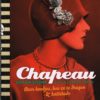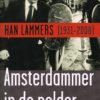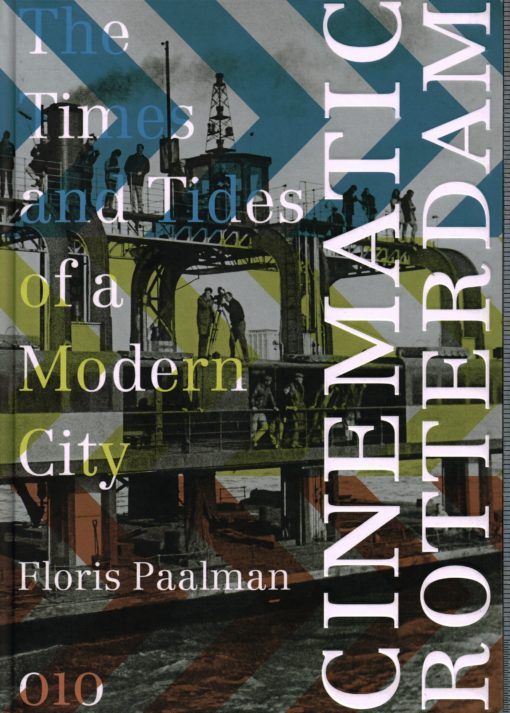Terug/Home/Webwinkel ramsj.nl /Non-Fictie/Cinematic Rotterdam
Floris Paalman
Cinematic Rotterdam
The Times & Tides of a Modern City
€ 39,95 Oorspronkelijke prijs was: € 39,95.€ 12,50Huidige prijs is: € 12,50.
ISBN: 9789064507663.
Bindwijze:
geb
Taal:
eng
Uitgever:
Nai
Auteur:
Floris Paalman
Paginas:
684
Categorie: Non-Fictie.
This publication zooms in on the part cinema has played in urban development between 1920 and 1980. Rotterdam acts as an inspiring example, as observed from an international perspective. This city has its very own history in film. Besides providing the backdrop for a variety of feature films and avant-garde classics, Cinematic Rotterdam describes how the city has established and maintained its identity through thousands of promotional and educational films and television programmes.
Gerelateerde producten
kinder- & jeugdboeken
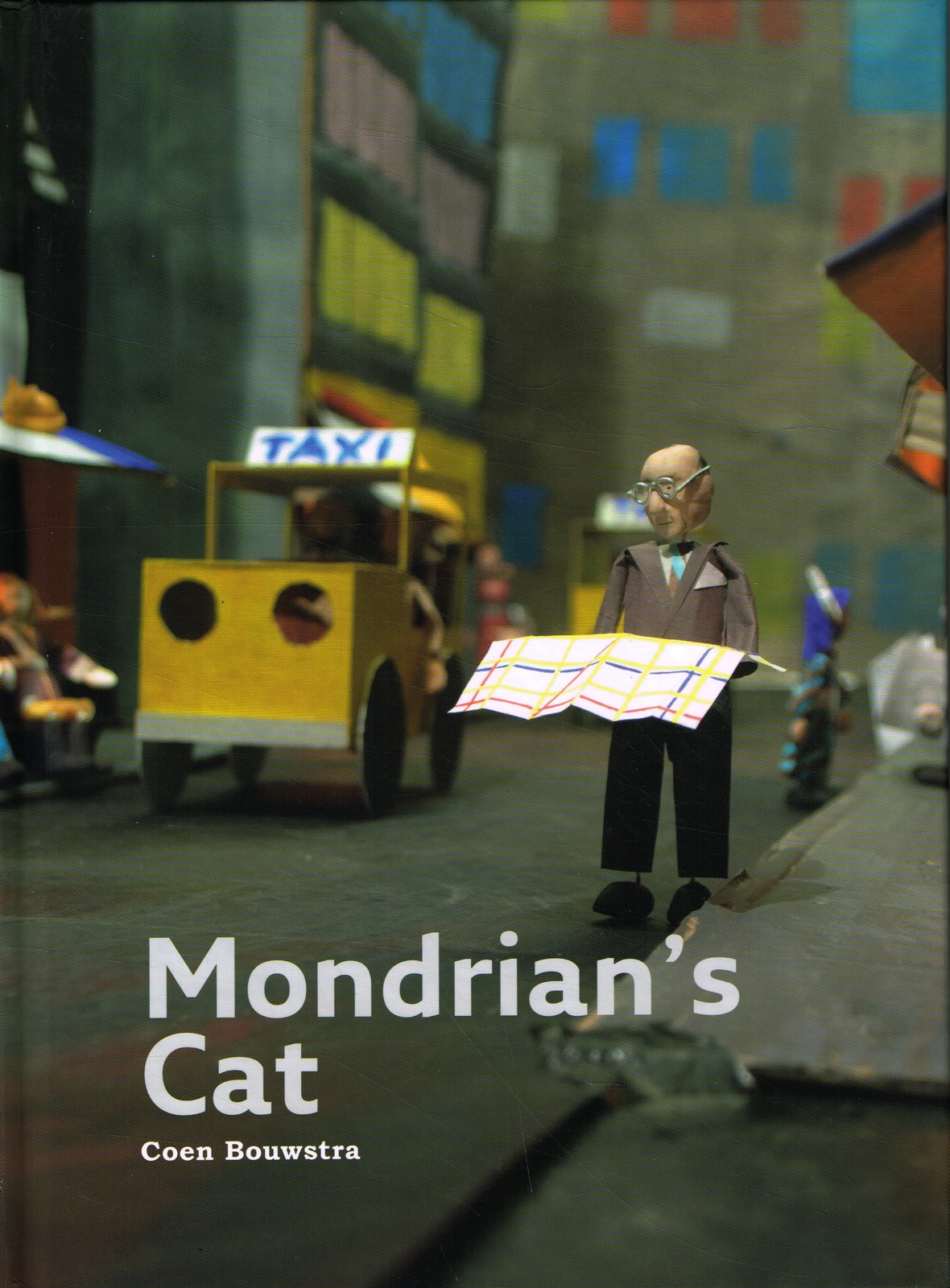
Coen Bouwstra
Mondrian’s cat
A timeless reading and reading book for young and old about the life and work of artist Piet Mondriaan, in honor of his 150th year of birth. In Mondriaan's Cat you get to know the famous painter Piet Mondriaan. He is best known for his paintings with black lines and red, blue and yellow areas. But he painted more. In this book he and his cat take you through his development as a painter who started in the Netherlands. He then went to Paris and in his last years he lived in New York. Mondrian was fascinated by colors and lines and developed into one of the greatest painters of abstract art. Everyone knows Piet Mondriaan, but his work is difficult to understand. That is why it is all the more admirable that Coen Bouwstra, author and illustrator, succeeds in making the painter's work accessible to the very youngest. In beautiful scenes he shows what moved Mondriaan. Mondriaan paid attention to color and the patterns in the landscape. He moved further and further towards the abstract, culminating in his Victory Boogie Woogie, inspired by Boogiewoogie music. SPA uitgeversgeb - 32 blz
non-fictie
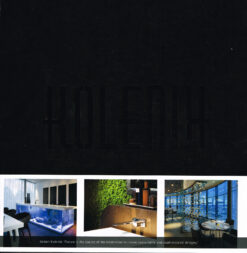
Robert Kolenik
Kolenik
Kolenik is conquering the international world of design with his Eco-Chic style, and is famous for designing the Amsterdam Fletcher Hotel. Kolenik's style can be defined by the delicate, tasteful and surprising mix of natural and luxurious materials, resulting in a unique design. Together with a group of dedicated architects and designers, Kolenik is responsible for a variety of projects, corporate and private, product design and a furniture line. This book shows his top projects and vision on design. With his inspiring work, Kolenik has created a new vision on design. Terrageb - 196 blz
kunst
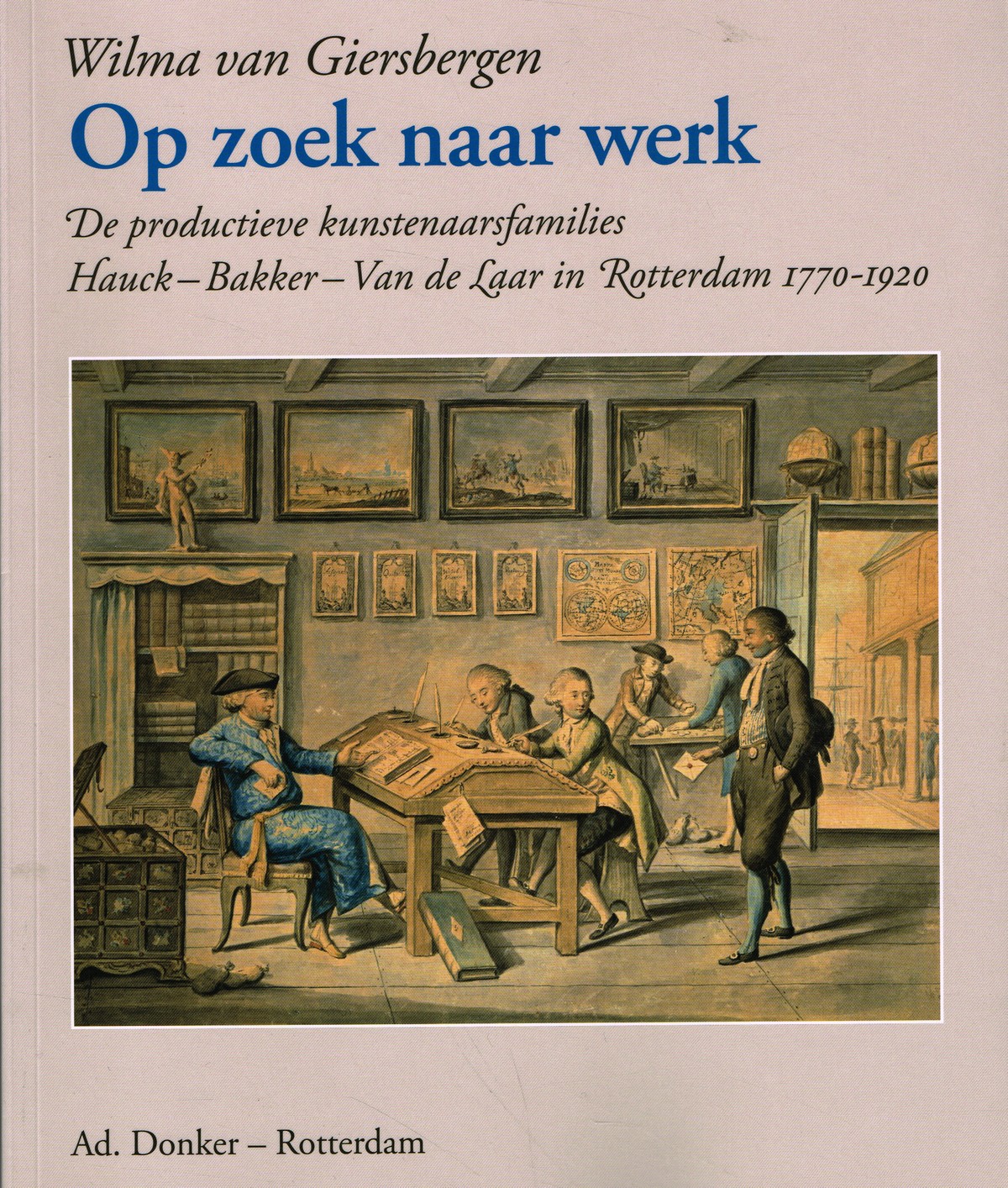
Wilma van Giersbergen
Op zoek naar werk
'Op zoek naar werk, De productieve kunstenaarsfamilies Hauck ? Bakker - Van de Laar in Rotterdam 1770-1920'. Van auteur Wilma van Giersbergen. Begin december 1776 arriveert August Christian Hauck (1742-1801) met zijn vrouw en twee kinderen in Rotterdam. Hij wil er als portretschilder aan de slag, Hauck, die in Mannheim werd geboren, stamt uit een kunstenaarsfamilie. Net zoals zijn vader en zijn (half)broers op zoek moesten naar opdrachten en daarvoor vele reizen zouden ondernemen, zo vindt ook Hauck pas na omzwervingen door de Republiek zijn definiteive bestemming in Rotterdam. August C. Hauck wordt de stamvader van vier generaties Rotterdamse kunstschilders. In 1784 neemt hij een jongeman uit Goedereede, Cornelis Bakker (1771-1849), als leerling bij hem in huis. Cornelis Bakker trouwt in 1795 met Susanna Eva Hauck (1773-1842), het enige kind van zijn leermeester. Twee van hun kinderen, Job Augustus (1796-1876) en Aren Bakker (1806-1843), worden eveneens kunstenaar. Ook raakt de familie Bakker door een huwelijk verwant aan de Rotterdamse kunstenaarsfamilie Van de Laar, van wie de historieschilder Jan Hendrik van de Laar (1807-19874) de bekendste zal worden. Leven van alleen de schilderkunst gaat moeizaam, zodat de kunstenaars generatie op generatie op zoek moeten naar andere bronnen van inkomsten. Honderd jaar lang spelen zij in Rotterdam als tekenleraar een grote rol in het onderwijs bij het tekengenootschap 'Hierdoor tot Hooger' en de Academie van Beeldende Kunsten en Technische Wetenschappen. Daarnaast verdienen verschillenden van hen hun boterham in de decoratie- en interieurschilderkunst. Het is de tragiek van een kunstenaarsfamilie die, opgeleid tot kunstschilder, door velerlei omstandigheden gedwongen wordt haar ambities bij te stellen. In 'Opzoek naar werk' worden zes generaties kunstschilders gevolgd te beginnen met Haucks vader, Johann Jacob Hauck(1694-ca.1769), kerk- en hofschilder in Duitsland. De schilderdynastie eindigt als de decorschilder Frans Bakker (1871-1944) in 1920 Rotterdam verlaat en in Nederlands-Indië gaat wonen. Donkerpap - 368 blz
geschiedenis
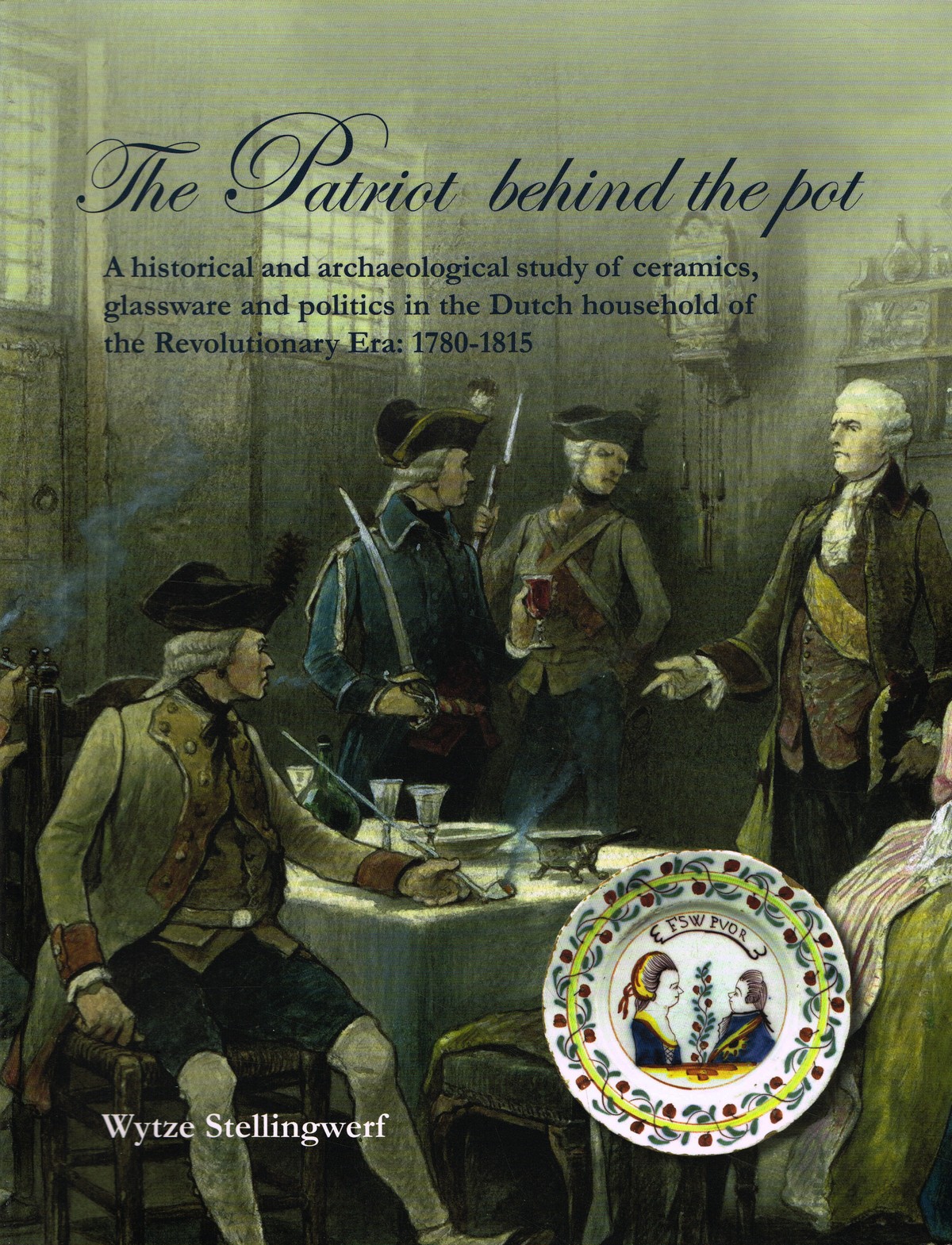
Wytze Stellingwerf
The Patriot Behind the Pot
The Patriot behind the pot tells the story of pottery, people and politics in the Netherlands during a time of great revolutions; revolutions both in a political and industrial sense. This study shows how at the end of the 18th century numerous Dutch people used all kinds of ceramic and glass items in their household as media to convey their political stance in favor of or against the ruling House of Orange. Many of these more than 200 years old politically charged items have been preserved in museum collections. Sporadically, pieces of them are retrieved from archaeological sites as well. Along with dozens of historical sources and hundreds of other ceramic and glass artifacts that were discarded or lost by their former owners in the same archaeological contexts, these fascinating objects with a certain political meaning have been examined in order to understand the material culture of Dutch Orangists and Patriots in the period around 1800. Apart from a thorough study of late 18th- and early 19th-century ceramics and glassware in the Netherlands, this book presents an extensive catalog of politically charged items from the period 1780-1815. This might help archaeologists, art-historians and collectors to recognize and further study these objects of great historical value. This book comprises a Master thesis written by Wytze Stellingwerf. In 2017 he graduated at the Faculty of Archaeology at Leiden University. This thesis was nominated for three prizes, respectively the national archaeological W.A. van Es prize, the Leiden University thesis prize and the IISG prize of the International Institute of Social History in Amsterdam. SPA uitgeverspap - 407 blz
